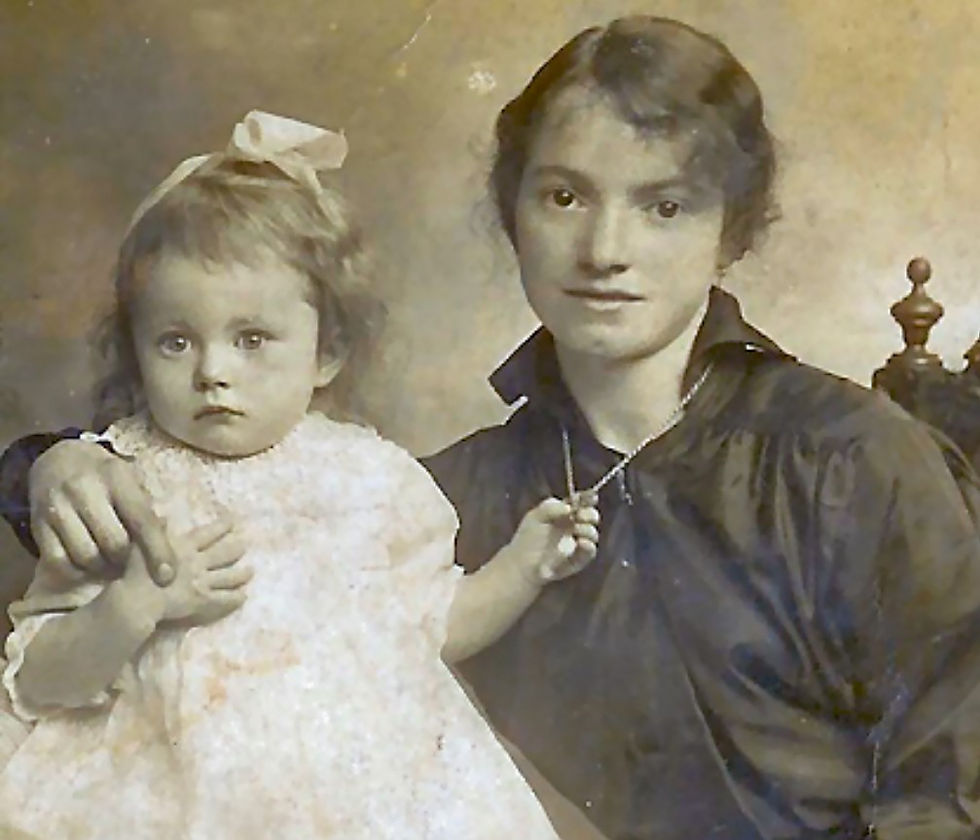Uncle Jim
- Claire Jordan
- Aug 6, 2022
- 2 min read
Jim Biddiss was the Camberwell-born son of stoic Ellen Hannah, the second of at least ten children she bore her husband Tom.
Boiler rivetter Tom and Ellen were perhaps fortunate that only their very eldest boys would come of fighting age during the War; Jim would not be old enough to be sent overseas until the final year of the conflict.
But when the German advance broke through and overran so many of our positions in March 1918, he was sent out as a Private to reinforce the 52nd Battalion of the Machine Gun Corps.
This was the Kaiser’s last roll of the dice; his Army needed a fast, decisive blitzkrieg to break out of the grinding stalemate of the last four years and win the War before his country collapsed in on itself entirely.
We, however, did not know this at the time; we only knew that the incredibly hard-won successes of the previous long years of standing-and-fighting had been lost by an enemy tidal wave that had engulfed most of the key sectors of the Western Front.
They had to be stopped, or all would be lost.
By the time he was old enough to enlist the previous year, Jim Biddiss had secured himself a good job at a printing and publishing firm called Hazell, Watson & Viney, in Aylesbury, Buckinghamshire.
Now, he was one of thousands of very young, newly-uniformed soldiers rushed out to meet the German juggernaut.
By 24th August 1918, the enemy advance had been halted and we were finally into the last hundred days of the War.
The tide was turning, slowly and inexorably, but there was still plenty of time for disaster to strike.
Jim Biddiss by now had been out at the Front for four and a half terrifying months.
On Saturday 24th August, his 52nd Battalion MGC were posted up in a quarry at a village named Blairville just south-west of Arras, when his position was hit by enemy fire.
We do not know exactly where he was hit, but still aged only 19, he was young and strong and whatever struck him did not kill him immediately.
The war diary gives two Officers and 13 Other Ranks to have been wounded that day; Jim was one of these thirteen.
He was stretchered back to the main dressing station at nearby Ransart, but some hours later, Jim Biddiss died there of his unsurvivable wounds after a brave struggle to remain.
After the War, the kindly printworks at Aylesbury which had been Jim’s last civilian employer published a magazine (now held at the Centre for Buckinghamshire Studies) called ‘With The Colours’ in which this photograph of Jim appeared.
Though today it is almost 104 years since his valiant death, with so many brothers and sisters and now their own children and grandchildren, Uncle Jim is very much still loved and never forgotten.







Comments